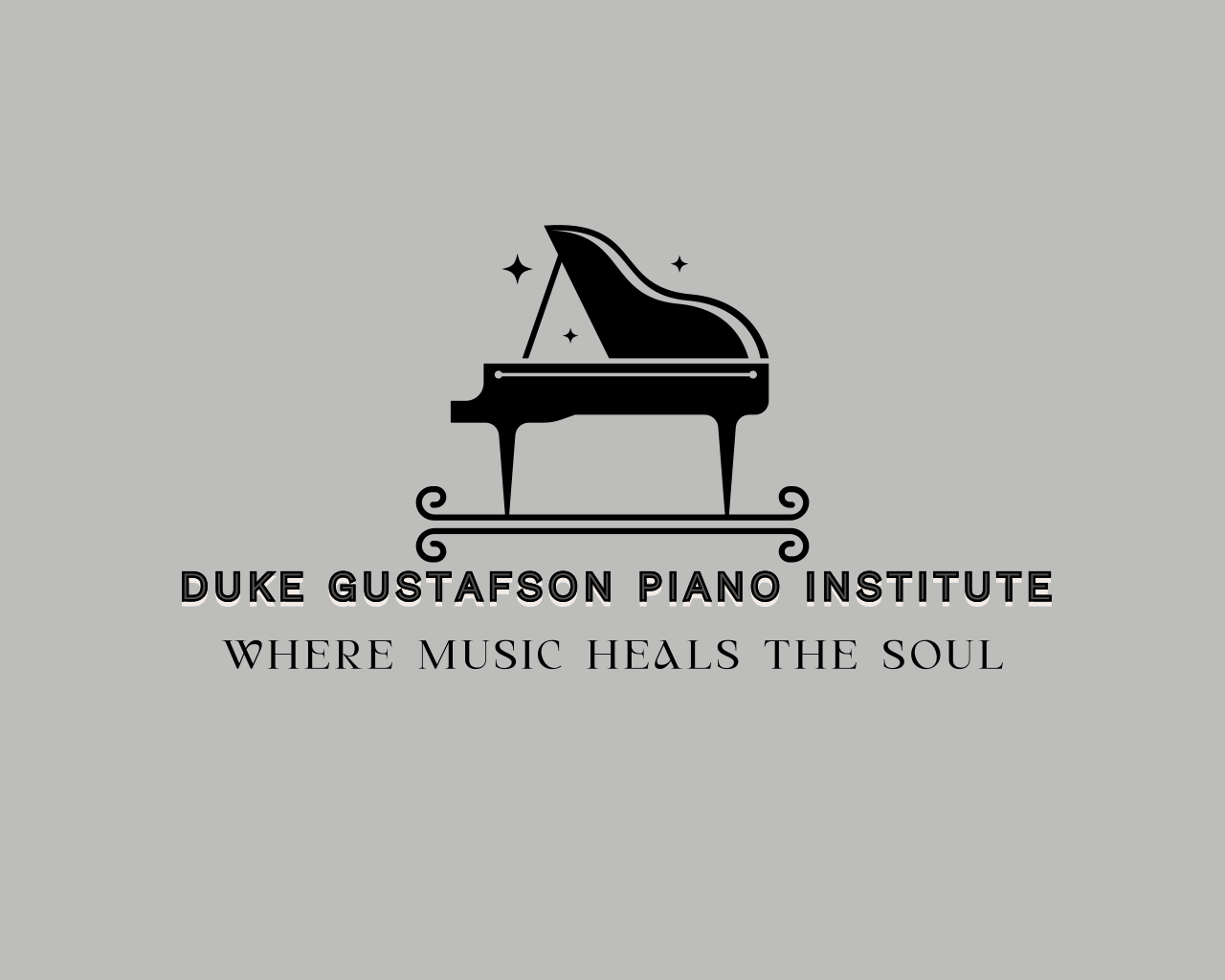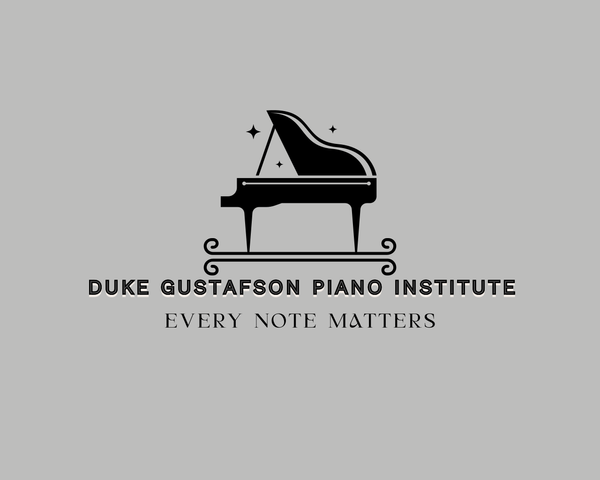The Practice Habits That Saved My Piano Playing (And Can Save Yours)
As a pianist, a question that keeps me up late into the night is, "Do I practice well?"
I didn't think about this too much for the first couple of years of my piano journey. But when I asked myself this question, I didn't know the answer or if I was doing anything wrong in my practice sessions, and not knowing terrified me.
I'm sure many pianists struggle with this fear of not being sure about the effectiveness of their practice sessions, and it's completely understandable. You are not alone.
When I finally realized answering this question was crucial to my progress, I was determined to get the answers, and I'm going to share them with you right now.
Step 1: Identify the Bad Habits
The first step to enhancing my productivity during practice sessions was identifying the bad habits that were hindering my progress as a pianist and that I should avoid at all costs.
Here are some common ones:
1. Not Using a Metronome
You've probably heard this one before, but most pianists are unaware of how much it hinders their progress, and I was unaware of how much it hindered mine.
Whenever I started a new piece, I always told myself that the metronome was not that important and that I would use it only when trying to get the piece up to tempo.
However, this mindset hindered my progress significantly because when I didn't use a metronome, I had no sense of how fast I was going or a determination to increase the tempo gradually. I played pieces at a speed that felt normal, and I did this for way too long before starting to use a metronome to get any piece up to tempo.
The effects of this habit are subtle, but over time, you will waste many precious hours that you could've saved.
My teacher always told me to use a metronome, but I didn't listen because the results and benefits were not apparent.
This is why I strongly suggest that anyone who doesn't use a metronome stop this habit today. Your progress will skyrocket; I am sure of this.
Step 2: Eliminate Bad Posture
Although this habit is inevitable when first learning to play the piano, it should be corrected as soon as possible.
You work on and improve posture for your whole life as a musician, but here are the most basic things I struggled with as a pianist:
Step 2a: Flat Finger
This one affects your ability to play with speed and a pleasing tone and, most importantly, can cause your hands to develop arthritis over time if you do it for a prolonged period.
I was lucky to have a teacher who, without failure, always pointed out this mistake when I had flat fingers. But I understand there are also maybe pianists who probably don't get told to stop this often enough or ever, so here's exactly what needs to happen:
Since this is a very regular habit for many people, it will take extremely high focus and constant analysis of your hands. You must constantly look out for it and correct it as needed.
If you don't have someone like a teacher constantly reminding you to play with curly fingers, you have to notice it yourself. This requires a higher level of discipline, but it will ensure that you play longer without arthritis and noticeably improve your sound. You can do it, trust me.
Step 2b: Bad Body Positioning
For this one, you must go above and beyond to adjust your body positioning, as it can be challenging to control at times.
Sometimes, the bench at your piano you have is too short or too high. In my personal experience, I had to place multiple books on my piano bench to make it high enough because of its short height. But what if your bench is too high?
While this is rarer, if your bench is too high and not adjustable, you either have to make do and adjust your positioning for the most comfortable playing or request a different bench.
Yep, that's a tricky one, but I've never had this issue with any bench; it's almost always too low, if anything.
You can also adjust your body positioning, including your shoulder, foot, back, head, and elbow/arm position.
Step 2b-i: Shoulder Position
This one is quite simple but requires you to always be mindful of your shoulder, just like any other part of your body.
Just for a second, completely relax your shoulders. Use absolutely no muscle and just let them drop. Examine them in their most relaxed position, and that's the way they should always be while playing.
Step 2b-ii: Feet Positioning
For good foot positioning:
Line up your right foot with the farthest pedal to the right on your piano (the damper pedal).
Line up your left foot with the pedal farthest to the left (the pianissimo pedal).
Keep them roughly one inch away from the pedals.
I had a nasty habit of having my feet nearly under the bench whenever I played. This position was way too far back and affected so many other aspects of my posture.
When your feet are positioned poorly, like mine were for a long time, you will always be off balance and, as a consequence, won't be able to play as confidently as possible.
Poor foot posture can disrupt everything, so pay close attention to it at all times.
Step 2b-iii: Back Position
Back positioning was always one of the hardest things for me to master or at least get in the habit of.
I would always lean backward instead of forward, which can also mess up the positioning of everything else.
Whenever I lean back instead of forward:
My feet naturally start going back further than they should.
I have to extend my arms more because of the extra distance I am creating.
This also causes me to have higher shoulder tensions.
Yes, a good back position is crucial for relaxing the rest of your body.
While your back doesn't need to be in a specific position, it should be straight, not hunched.
You also want to generally lean forward into the instrument, not away from it.
Leaning forward helps me feel comfortable and confident when I play.
Step 2b-iv: Head Position
Your back position and head position work in tandem.
Your head should be lined up with your back (assuming your back is positioned correctly).
The most common issue is bending it down too far toward the piano.
This puts a lot of strain on your neck and should be avoided whenever possible.
It's okay to look at the piano, but it is much better to move your eyes more so than your whole head.
Looking with your eyes allows you to have a good view of the piano while not risking becoming a hunchback over time.
Step 2b-v: Elbow/Arm Positioning
Before even touching the piano, I used to do an exercise called "Heavy ropes."
I would sit at the piano and drop both of my arms down, and let them dangle. I would use this method to completely relax my arms.
After letting my arms fall, I would:
Raise only my forearms slowly by bending only at the elbow
Use only a portion of my upper arm until they were level with the keys
Repeating this exercise regularly helps you maintain relaxed arms at all times.
There should be no stiffness in any part of your arms, and this will allow your elbows to flow in and out nicely. (Sort of like chicken wings!)
What's Important to Remember
While all of this may seem overwhelming, you don't need to worry.
Mastering these habits isn't something you do once and are done; it's something you constantly reevaluate and adjust.
The journey to maximizing your productivity to the fullest is something that every individual experiences differently.
But I assure you, if you devote yourself to constantly adjusting your practicing habits according to what is necessary for your improvement, you will do well and flourish as a musician.
So take a deep breath, and enjoy the lifelong journey of music!

